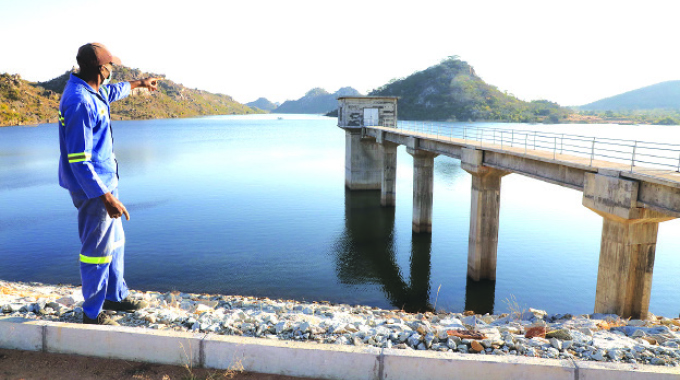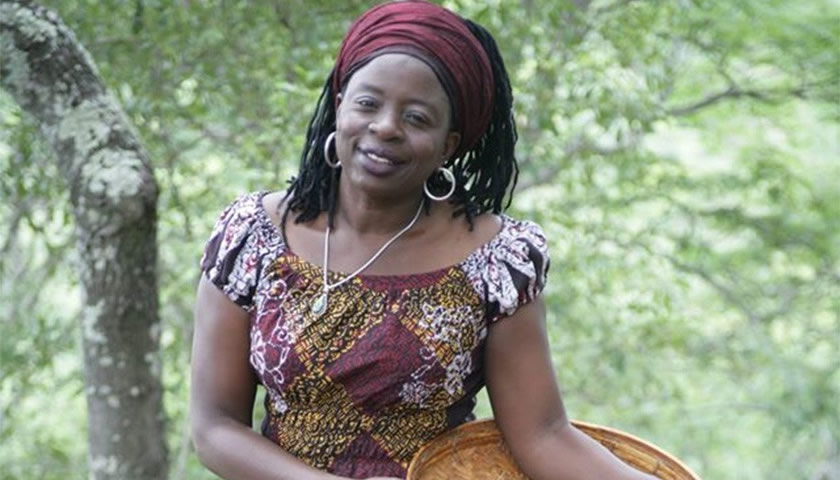Saving Zim’s image overseas
While in Australia over the Christmas break, I tried as much as I could to avoid answering or commenting on questions about Zimbabwe. Unlike other countries in Africa, Zimbabwe is such a popular country. I think this is so because Zimbabwe is beautiful and some people outside Zimbabwe already know that. They probably want to live here too, because the truth is, tisinganyeperane, the weather here is one of the best in the world. Besides, we are good people. So, mention Zimbabwe when you are overseas, heads turn, ears listen and the questions are fired towards you, quite often by those who have never been there but are very interested.
In my travels over the years, I have come across some of the following questions regarding Zimbabwe: “When will the strife in your troubled country come to an end?” “Why did your people take the land and then let it sit idle like that?” “How long will you guys continue to ask the Western donors for food?” “Which tribe are you? Ndebele or Shona?” “Is there still much animosity between the tribes?”
On Christmas day, I arrived at a farm house near a small country town called Colac, two hour’s drive south west of Melbourne, Australia. When I used to live in Melbourne as a student, I promised my friend Alison that one day I would visit her family. But I never got the chance to do so before I returned to Zimbabwe three years ago. But I do visit Australia often because many of my family members call Australia their home now.
Alison’s brother David, his wife Jenny and Alison’s elderly mother live on the farm. Alison calls this place a village and compares it to my village, my kumusha back in Zimbabwe. When I drove up the long drive way from the main gate, I could see that this grand colonial type farm house is nothing like my kumusha.
It was an old farm homestead. Alison’s family built this house in the 1880’s. Long before that, this part of the country belonged to the Kolijon or Coladjin Aboriginal people. They lived here as semi-nomadic people eating kangaroos, wild ducks, geese and cranes, fish and many other edible plants. Unfortunately, there is hardly any information about the Aborigines before the British settlers came. The European settlers arrived in Colac in 1837. History says in 1841 the Protector of Aborigines, George Robinson arrived here too and entertained the natives with fireworks display. As for what actually happened to the Aborigines after this colonial encounter, there is little recorded other than what is written on leaflets and in museums. Like us Africans, the Aboriginal people did not write. Instead, they relied on oral history. One article noted that there were conflicts between the Aborigines and the British settlers: “Feuds flared continually and lives were lost and the aboriginals eventually resumed their nomadic existence. Numbers of aborigines continued to fall as many succumbed to white man’s diseases and some to poisoned sheep and flour.”
That is the little information about the decimation of the Aboriginal people. But, on Christmas Eve we are not going to talk about the Aborigines either because alongside Zimbabwe, these were the subjects to be avoided. Alison said there would be many different views around the table of dinner guests so it was best to avoid subjects that will spoil the Christmas Eve dinner. Why would anyone want to talk about politics anyway on Christmas Eve? The lunch guests were mostly family, including uncles, aunts, cousins, nephews, nieces, daughters and sons-in-law.
A scrumptious feast was waiting for us on the dining room table. There was a big dark Christmas pudding, mincemeat pies, brandy butter and fresh bread, rocket and lettuce salad, honey and mustard glazed leg of ham, cooked prawns in shells.
Further down the table there were several layers of smoked salmon and fresh oysters, all surrounded by fresh limes and lemons. Then I saw the pavlova, a meringue based, very sweet desert with a crisp crust made from a combination of eggs, caster sugar and corn flour. It was decorated with a topping of whipped cream and kiwi fruit, passion fruit and strawberries. There were bottles of good Australian and New Zealand wine on a tray with wheels nearby.
I surveyed the table longingly, pleased that I was here and I told myself that it would take a lot of dollars and a lot of time to put together such a feast in Zimbabwe. Then I made the mistake of mentioning this to Alison’s sister-in-law. That quickly brought the subject of Zimbabwe on the table.
“I bet it must be hard for you. How does one survive in a country with little food?” Others then joined in with questions.
“So, when did you leave Zimbabwe?”
“Last week,” I said, now wishing I had not brought this Zimbabwe conversation upon myself.
“Oh, so recent? It must be really terrible over there. And will you stay in Australia?”
“No. I will be going back in a couple of weeks.”
“Why? Stay here. It’s safe. Your country was so beautiful when we first went there in the mid 1980’s. Now it has really gone backwards,” said one of the cousins sitting across the far side of the table. He said he wanted to visit Zimbabwe again with his wife but they would have to be sure that it was safe. They read about so much atrocity, political and economic strife over the past few years.
Alison said she had been to Zimbabwe soon after the July elections and even visited my village. The country was perfectly safe, she told them. I nodded, with my eyes focusing on the leg of ham and cranberry sauce, wishing the conversation would change soon.
Over the years the media has built images of a country in perpetual chaos and mayhem.
Short television negative bites or paragraphs in the papers do not tell the reality of the Zimbabwe we know.
It does not matter how well you try to defend or not defend Zimbabwe, an argument often results and there are emotions involved.
In order to overcome this problem (no doubt, it is not mine alone) I have been thinking of writing a very short summary on Zimbabwe so people can understand our current challenges within the context of history. But I do not know how far it is possible to start from the beginning. We could start from the Munhumutapa Kingdom, Great Zimbabwe, Mzilikazi, Robert Moffat, the missionaries and the civilising mission, Lobengula, the infamous Rudd Concession, Cecil Rhodes, Chimurenga One and Two, Ian Smith, the liberation war, the land, the mines, the elections, donors, problems of aid, climate change, soccer and cricket today. It’s a long story and most of us within Zimbabwe do not even know it.
There is, therefore, a task to educate and inform the global world about a country whose history continues to be unknown or at best, misunderstood overseas.
This is not to say we do not have challenges in Zimbabwe. We do. But the truth and the facts must be told so others outside Zimbabwe will understand the full story.
Dr Sekai Nzenza is a writer and cultural critic. She holds a PhD in International Relations and works as a development consultant.







Comments